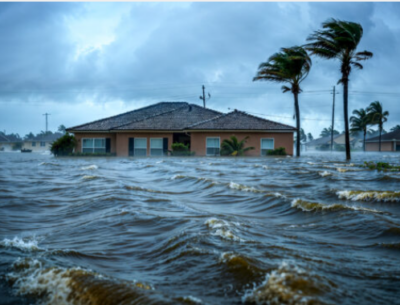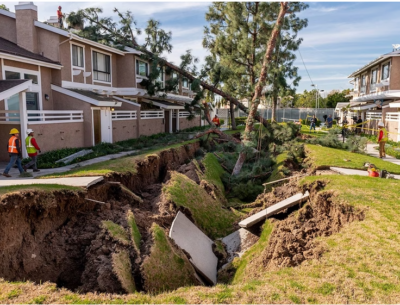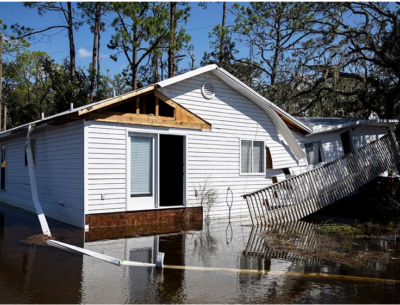News

Security First Insurance Launches Signature+ HO3: A New Standard in Homeowners Insurance

Security First Puts Storm Response in the Spotlight

Security First Insurance Announces Key Executive Promotions

Security First Insurance Celebrates 20 Years of Service

Florida OIR Wants More Data, Warns Insurers About Concurrent Causation Denials

Overlooked Insurance Risk Is Costing Homeowners Thousands of Dollars a Year

Florida Insurers Have Paid Just Half of Claims From Hurricanes Milton and Helene—Home Insurance CEO Explains Why

Security First Insurance partners with Embark MGA to enter the New Home Builder insurance channel with the launch of an innovative HO5 Product in Florida

Security First Insurance Unveils Float for 33rd Annual Ormond Beach HOme for the HOlidays Parade

Security First Insurance Surpasses Previous Records in Sponsoring Children through Easterseals

Security First Feeds Local Families
